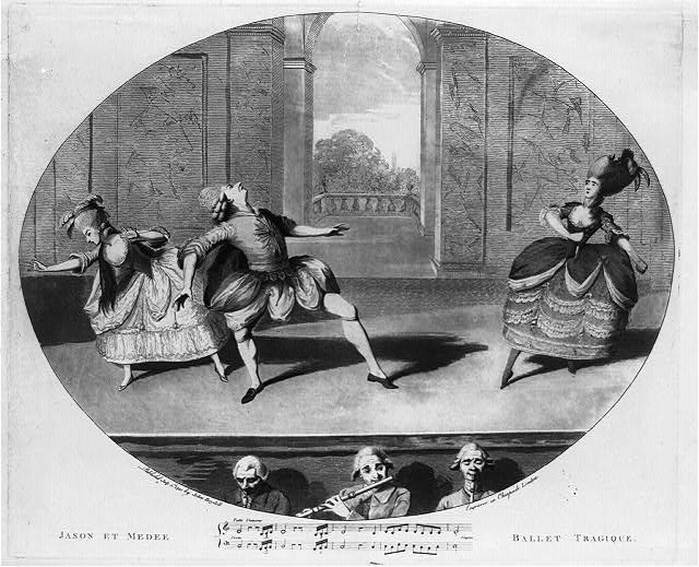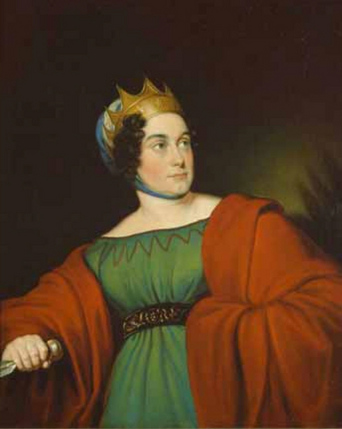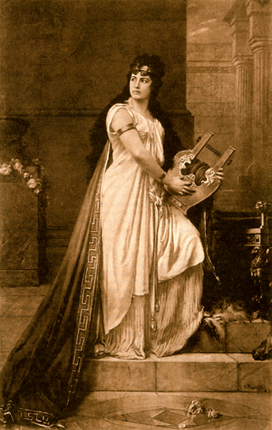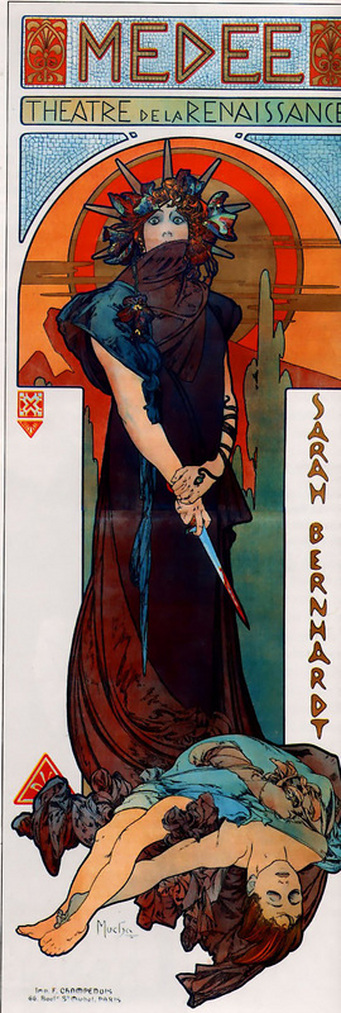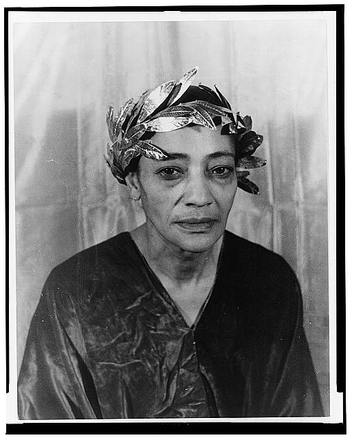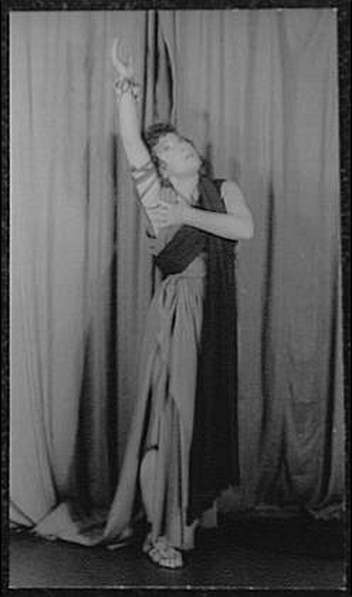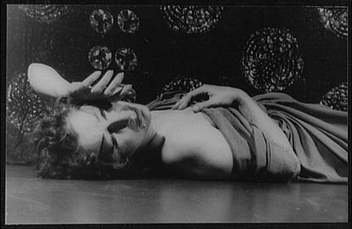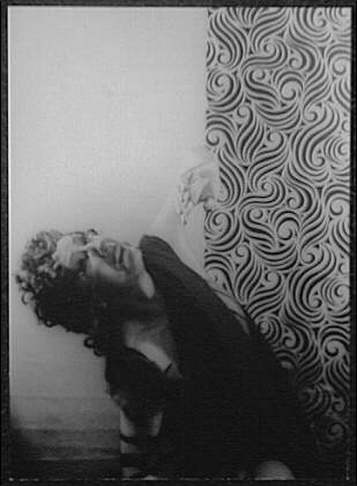IMAGES FROM MEDEA
18th through 20th century performances
Since Euripides' Medea premiered in 431 BCE, the play has been an inspiration for playwrights, producers, and actresses. Since plays are key texts in popular culture, so too are the ways plays are produced and staged. The following images provide a glimpse of the changing view of Medea in popular culture, from heavily sanitized balletic performances in the 18th century to emotionally wrought 20th century versions of the play and its heroine.
The famous ballet dancer Gaëtan Vestris (1729-1808) (center) as Jason in the wildly popular eighteenth century ballet Jason et Médée (1767) by choreographer Jean-Georges Noverre and music by Jean-Joseph Rodolphe. Illustration from Wikimedia Commons.
German actresses Sophie Schöder (1781-1868) (left) and Klara Ziegler (1844-1909) (right) as Medea in productions of Euripides' play. Photos from Wikimedia Commons.
|
Sarah Bernhardt (1844-1923) was a French actress who in time became the most famous actress in the world. At left is an Art Nouveau lithograph made by Alphonse Maria Mucha (1860-1939) in 1898 for Bernhardt's appearance as Medea in a French production of a verse play, Médée, by Catulle Mendès based on Euripides' drama. Illustration from Wikimedia Commons.
|
|
Rose McClendon (1884-1936) was an African American stage actress known as the "Negro First Lady of the dramatic stage." She is seen here in a 1935 production of Medea in a photograph by Carl Van Vechten.
This photograph by Carl Van Vechten was donated to the Library of Congress in 1966 and is now in the public domain. |
|
Judith Anderson (1889-1992) was an Australian actress of stage and screen. She would win a Tony award for her work in Euripides' Medea as adapted by Robinson Jeffers in 1947.
The pictures at left and below show Anderson as Medea in a stage production of Euripides' play either in 1948, shortly after her Tony win, or during her 1951 German tour in the role. The Library of Congress caption cards unfortunately list multiple dates for the same photographs. These photographs by Carl Van Vechten were donated to the Library of Congress in 1966 and are now in the public domain. |


